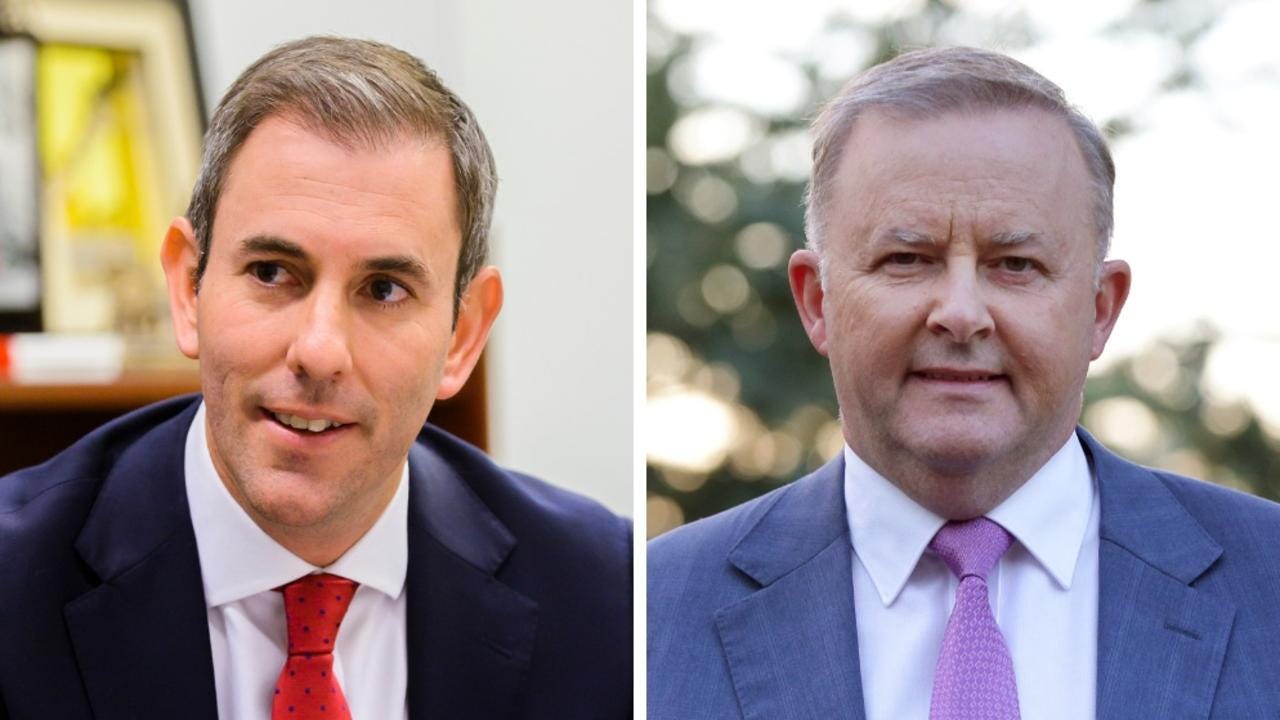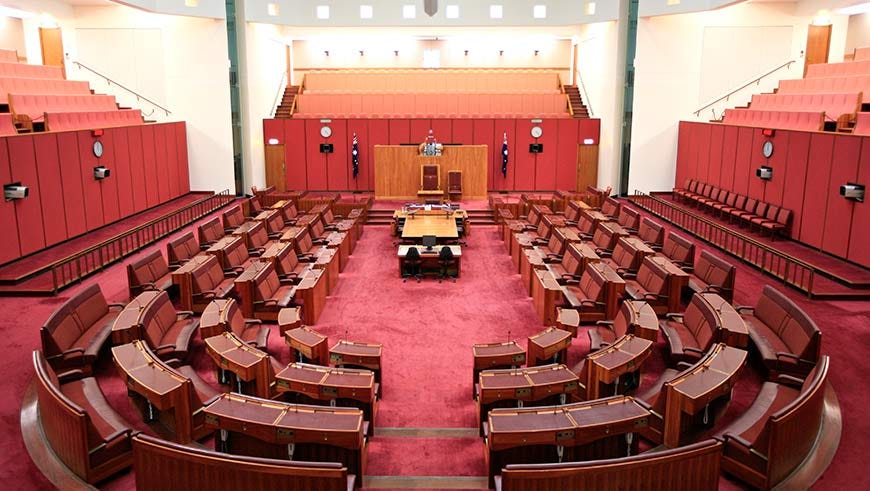Eye On The Prize
Last week we presented a solution to the nation’s current economic, social and political malaise.
We noted that facts and figures no longer mattered. That arithmetic, engineering, economics and, of course, common sense were now out the window. We also lamented that forums, podcasts and other intelligent conversations with world-leading authorities also no longer have any political effect.
But just when you think things couldn’t get any worse, along comes the nation’s Treasurer with a Whitlamesque plan to remake society and the economy using
Values-based capitalism involving public-private co-investment and collaboration and the renovation of key economic institutions and markets.
We will renovate the Reserve Bank and revitalise the Productivity Commission
It’s not just our economic institutions that need renewing and restructuring, but the way our markets allocate and arrange capital as well
Mr Chalmers proposes to do this through the efforts of ‘business, labour and government’.
If that doesn’t send a chill up your spine, I don’t know what would.
Economist Dimitri Burshtein predicts the Treasurer’s version of values-based capitalism will leave the nation broke.
To stop this madness, the major parties’ hands need to be forced through the brutal reality of balance-of-power politics.
As discussed, at the last Federal election, the total centre-right (CR) vote would have been enough to get a senator elected in every state. That equates to 12 senators elected over the two-election Senate cycle.
Substantial political power could be achieved if the CR parties formed a single party bloc, namely a:
LIB-DEM ONE-NATION UNITED-AUST SF&F FAMILY PARTY Coalition.
Note I have since included the Shooters, Fishers and Farmers Party who, it must be acknowledged, did well in at least two states at the last Federal election.
Such an alliance would see One Nation and UAP with 4 of the 12 seats in the parliament, Libertarians with 2, Christian Family Parties 1 and the Shooters, Fishers and Farmers Party 1 Senate seat.
As discussed, having even one Senate seat gives a party a platform, a status, and a portal into the Federal Parliament for its members.
Working together, a twelve-seat Senate bloc would be a formidable political force.
For any project to succeed it must work effectively on three levels – strategy, tactics, and operations.
Strategy is the big picture. This is the primary aim. In our case it is to have twelve senators who can hold together for a minimum of twelve years.
Like anyone who has ever done a jigsaw puzzle, it is vitally important to have the picture on the box before you start. In other words, what the puzzle will look like when it’s finished.
In our case, we want twelve senators, representing five constituencies to hold together to save the nation from people like Jim Chalmers.
Tactics is about which Parties get to represent which States and at which election. Initially, agreement would be reached for both the 2025 and 2028 elections.
To have six senators elected in 2025 and six more in 2028, it will be vital that all six parties, in all six States agree to work together and for each other, keeping an eye on the prize.
Operations is the day-to-day admin, compliance and member servicing. A modest size Secretariat would be able to manage this.
The post Eye On The Prize appeared first on Liberty Itch.






In the current issue of The Spectator, Australian author Peter O’Brien in an article titled, ‘Our worst ever government’, writes “My prediction is that this time (2025 Federal election) Peter Dutton will make history. But he has to avoid what I believe was Abbott’s biggest mistake in 2013, and that was to ignore the importance of the Senate. If you want to change the government in a way that will matter, you have to change not just your local member. You also have to change the Senate, and this theme needs to figure hugely in the Coalition campaign. Changing the Senate may be easier said than done but if you don’t talk loudly about it, it won’t happen.”
As most will recall, Tony Abbott's Coalition went to the 2013 election promising to ‘abolish the carbon tax, abolish the mining tax and stop the boats’.
Upon election, seven Centre-Right (CR) Senate crossbenchers (fellow Liberty Itch publisher David Leyonhjelm and I were two of them) voted in support of these three key election pledges giving the Government the numbers it needed (33 + 7) to get its legislation passed. More about those numbers (33 + 7) shortly.
Following this successful endeavour, David and I met with the Prime Minister and put to him what we called a 40–40–40 game plan – ‘40 votes (a Senate majority) to fix 40 years of unfinished business and set the nation up for the next 40 years.’ 40–40–40.
It had been 40 years since a Liberal Government under Malcolm Fraser had a majority in the Senate and had squandered the opportunity.
David and I tried to convince the Prime Minister - and Senate Leader Mathias Cormann – that the best way to get the Coalition’s policies through the parliament was to have more senators like us.
Needless to say, our suggestion was not taken up.
In fact, the exact opposite happened. The Coalition teamed up with the Greens (who had voted against ‘abolishing the carbon tax, abolishing the mining tax and stopping the boats) and changed the Senate voting laws to get rid of those very senators who had just supported them!
As a result, and as predicted by John Howard, the Greens increased their number of Senate seats from 10 to 12, Labor increased its number of seats from 25 to 26, centre-left parties increased from 1 to 3, the Coalition lost a seat and the CR parties dropped from 7 seats to 3. From 33 + 7 (a CR majority) to 32 + 3 (a CR minority). A loss of 5 Senate seats!
If anyone can explain why the Coalition did that, I’d love to hear from them.